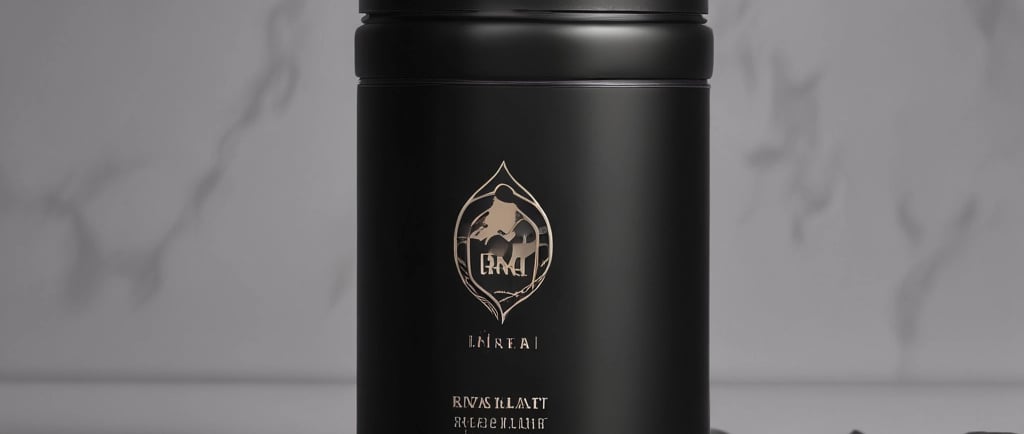Shilajit Quality Check
How to Check Shilajit Quality at Home?
8/1/20253 min read


How to Check Shilajit Quality at Home ??
1. Water Test (Dissolution Test)
Purpose: To check if your Shilajit is pure or adulterated with fillers (like starch or other substances).
How to Do It:
Take a small piece of Shilajit (about the size of a pea).
Add it to a glass of warm water.
Stir well and observe what happens.
What to Look For:
Pure Shilajit: It will dissolve easily in warm water, and the water will turn into a dark, amber or brown color. There may be some residue at the bottom.
Adulterated Shilajit: If the substance doesn’t dissolve properly or leaves a chalky residue, it could be mixed with impurities or fillers. It might not color the water as darkly as it should.
2. Flame Test (Burn Test)
Purpose: To check for the presence of artificial substances or impurities.
How to Do It:
Take a small piece of Shilajit (about the size of a grain of rice or smaller).
Hold it with tweezers or a clean utensil and carefully burn it using a lighter or match.
What to Look For:
Pure Shilajit: It will burn slowly and leave a natural ash. It shouldn’t produce any fumes or a strong odor when burned. The residue left behind should be dark and dry.
Adulterated Shilajit: If it burns quickly with smoke or leaves behind a plastic-like smell or an unusual residue, it’s likely adulterated with synthetic chemicals or other non-natural substances.
3. Smell Test
Purpose: To detect any artificial additives or chemicals in the Shilajit.
How to Do It:
Take a small piece of Shilajit and smell it closely.
What to Look For:
Pure Shilajit: It should have a distinctive earthy, mineral smell, like a blend of resin, plants, and natural minerals. It may also have a slight smoky or tar-like scent, which is typical.
Adulterated Shilajit: If it smells chemical, overly pungent, or like burnt plastic, it could be a sign of impurities or low-quality Shilajit.
4. Solubility in Alcohol
Purpose: To test the quality and authenticity of Shilajit.
How to Do It:
Take a small piece of Shilajit and add it to a small amount of alcohol (like ethanol or rubbing alcohol).
Shake the container and observe the results.
What to Look For:
Pure Shilajit: It will dissolve into the alcohol and turn the liquid a deep, dark color, without leaving a significant residue.
Adulterated Shilajit: If it doesn’t dissolve properly or if the liquid doesn’t change color significantly, the Shilajit may be impure or contain fillers.
5. Taste Test (Optional)
Purpose: To check for any unnatural additives.
How to Do It:
Take a very small amount of Shilajit (a tiny pea-sized portion).
Dissolve it in warm water and taste the liquid.
What to Look For:
Pure Shilajit: It should have a bitter, slightly astringent taste but not a chemically harsh flavor. The bitterness is from the minerals and active compounds in Shilajit.
Adulterated Shilajit: If it tastes overly sweet, chemical, or artificial, it’s likely been cut with additives.
6. Cold Temperature Test
Purpose: To check the consistency and texture of Shilajit.
How to Do It:
Place a small piece of Shilajit in the refrigerator or freezer for a few hours.
What to Look For:
Pure Shilajit: After being cooled, it should harden and become somewhat solid but still malleable.
Adulterated Shilajit: If it becomes hard and brittle or changes texture unnaturally, it may have been mixed with artificial substances or fillers.
7. Checking for Texture and Color
Purpose: To assess whether the Shilajit has the right consistency and color.
What to Look For:
Pure Shilajit: It typically has a smooth, sticky, or resinous texture, almost like a tar. The color can range from dark brown to deep black, with a shiny, glossy appearance when fresh.
Adulterated Shilajit: It might be grainy, overly dry, or overly sticky, and the color might look more like a dull brown or reddish-brown, which can indicate processing with additives or chemicals.
8. Buy from Trusted Sources
Although home tests are useful, the best way to ensure the quality of Shilajit is by purchasing from a reputable supplier. Look for:
Third-party lab test results: Authentic Shilajit will often have certificates of analysis (COA) showing purity and content.
Reviews and certifications: Brands with certifications (such as GMP) and positive customer feedback are often more reliable.

